
13 Oct On the Ganges River in Varanasi, India – From my travel journal during our our 16 flight, 5 week journey throughout Asia, Capturing Grace.
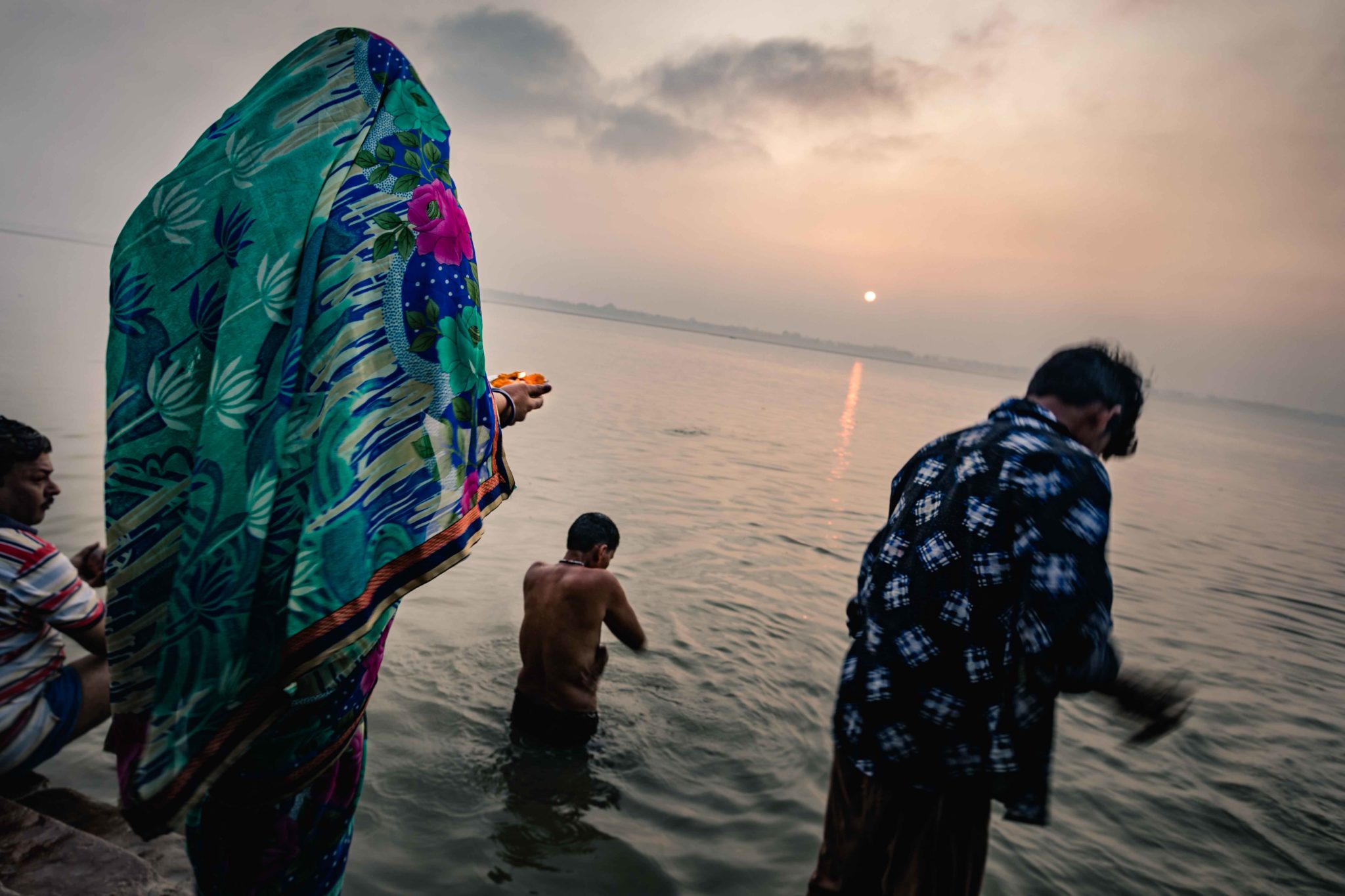
Since many believe Varanasi has been inhabited for 5,000 years (which would make it one of the world’s oldest cities), it is considered to be the most sacred of cities on the banks of the Ganges River. People come from all over to pray, collect sacred water, bathe, and yes, attend to their dead. Some even come to die. – National Geographic Magazine
To the Hindu, the Ganges River has tremendous religious significance. As a photographer I was quite taken by the beauty of the colors, the family connectedness and the ancient traditions that I witnessed through the lens of my camera.
Mine and Carissa’s day on the Ganges river was memorable, we are grateful for Pramod and his friend David for the time we shared together. David and his family live in Varanasi, his insights into the traditions and culture of this ancient city were so helpful to our understanding of what we witnessed.
Their were two or three experiences that will always frame my memories here on the Ganges River.
The first was watching the interaction between a middle aged daughter and her aging mother on the banks of the Ganges as they engaged in the ancient tradition of entering what they consider the holy waters of the Ganges River. They were surrounded by four generations yet the love and respect that I felt between this mother and daughter was special, so beautiful. I was grateful for their smiles of permission to photograph this moment, they could see a lot of love in my face as well.
The second was Sudeshwar, the sixth photo in ths post. Fathers who love their families dearly have an instinctive way of connecting through that shared passion. Sudeshwar and I may have been born on the opposite sides of the world and we may not share the same religious beliefs but we both connected through our love for our families. Sudeshwar could see I was traveling with my daughter and as one father to another, he gave me that look that only fathers understand. He could see that Carissa and I held a deep love for each other just as he does for his family. As he watched me with my arm around my daughter he smiled and nodded, you could see the love he has for his own family as we both exchanged admiring glances for what is most precious to us.
Through my new friend David who speaks the local language, a conversation ensued. Sudeshwar and his family had traveled here to the Ganges River from Sasaram, Bihar. He is a Sadhu (a holy man) and is on a spiritual pilgrimage. It was a unique conversation between David and Sudeshwar, David is very adept at sharing his faith and later, over lunch, David shared with me that Sudeshwar had a surprisingly open view toward faith and used a term for God that recognizes God as one supreme being rather that one of many Gods as most Hindu’s do. I found the whole experience very interesting and Sudeshwar and I bid each other a respectful goodbye as we parted company.
The third framing moment was when we attended Ganga Aarti, a ancient fire festival along the banks of the Ganges River. As the festival began, I immediately looked around the perimeter to see what was happening at the fringe. As a photographer I have often found that the main event is not necessarily the event itself but what is happening at the edges. My diligence was rewarded by spotting a beautiful ceremony of lanterns (think mini hot air balloons) being lit and released into the air during Ganga Aarti.
Together these simultaneous experiences created a visual feast the likes I have never experienced. Running through the mud of the Ganges river banks and leaping up the ancient steps of a Ghat, I joined in with families launching these majestic lanterns of light into the sky. It was intoxicating to the senses, up close, personal and very physical.
I was intent on capturing the joy and beauty on faces young and old as they held the lanterns while another lit the candle that emanates the heat, slowly lifting the light towards the heavens. After release, some lanterns would take an unexpected dip to the ground, then, as if by some unseen force, the lantern would rise up over the water of the Ganges, lifting along with it the hopes and aspirations of those watching.
During this ancient ritual I found myself being drawn in… very close. Shoulder to shoulder I stood, intent on capturing these amazing faces, illuminated by the light of the flame. On more than one occasion, I would physically grab shoulders of those pressed in around me and move their bodies enough to capture a joy filled faced that was otherwise blocked from my view. With my camera held tightly in my left hand, its shutter rapidly firing, those who felt my guidance smiled at this towering white man, so excited that I would enthusiastically join in with them, here on the banks of the Ganges river.
“We are here to witness the creation and abet it. We are here to notice each thing so each thing gets noticed. Together we notice not only each mountain shadow and each stone on the beach but, especially, we notice the beautiful faces and complex natures of each other. We are here to bring to consciousness the beauty and power that are around us and to praise the people who are here with us. We witness our generation and our times. We watch the weather. Otherwise, creation would be playing to an empty house.”
— Annie Dillard





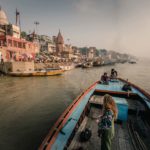






















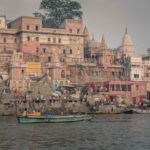




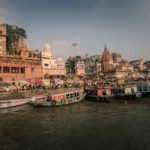
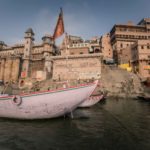




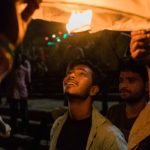


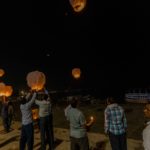

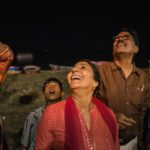
No Comments